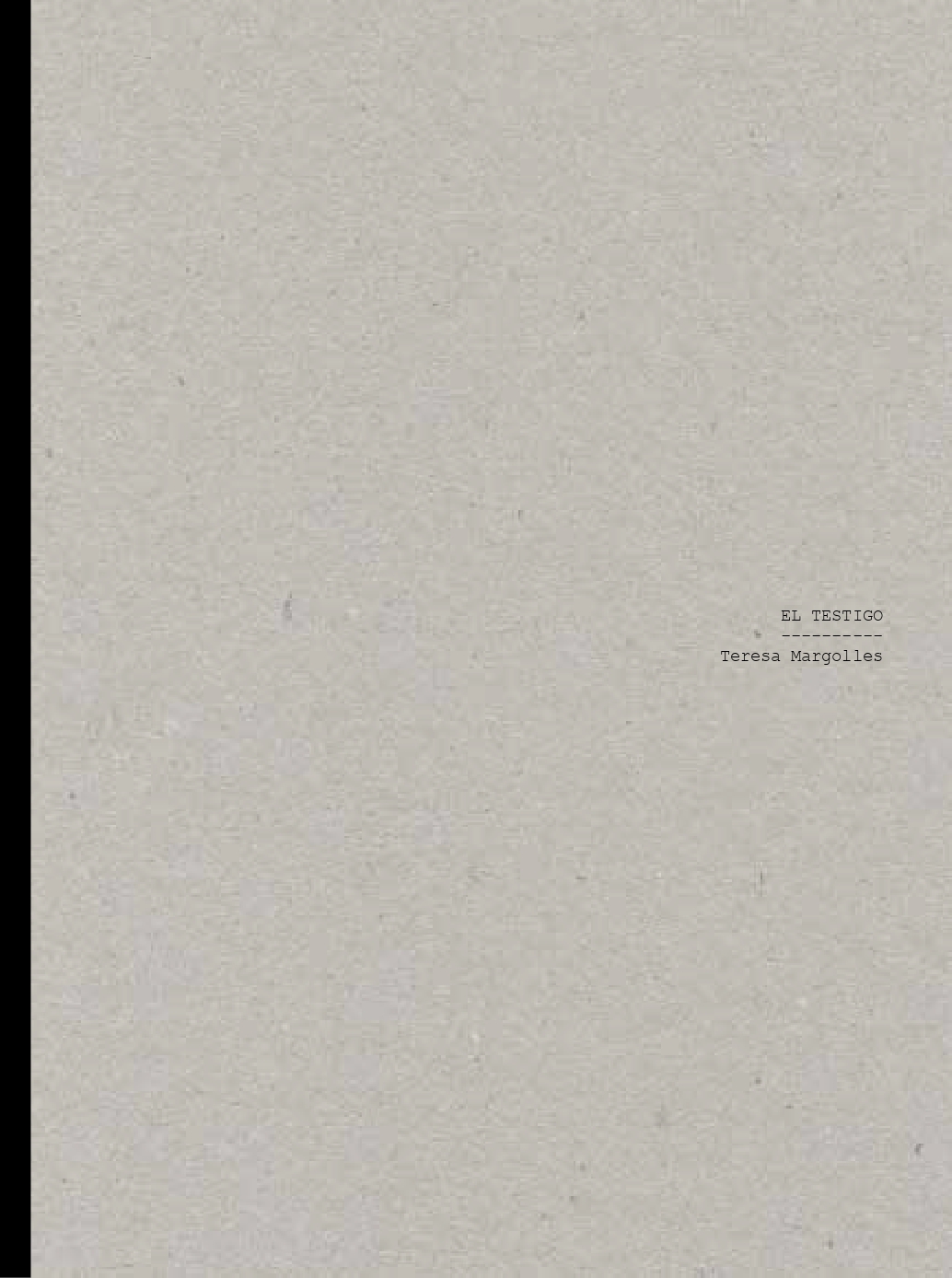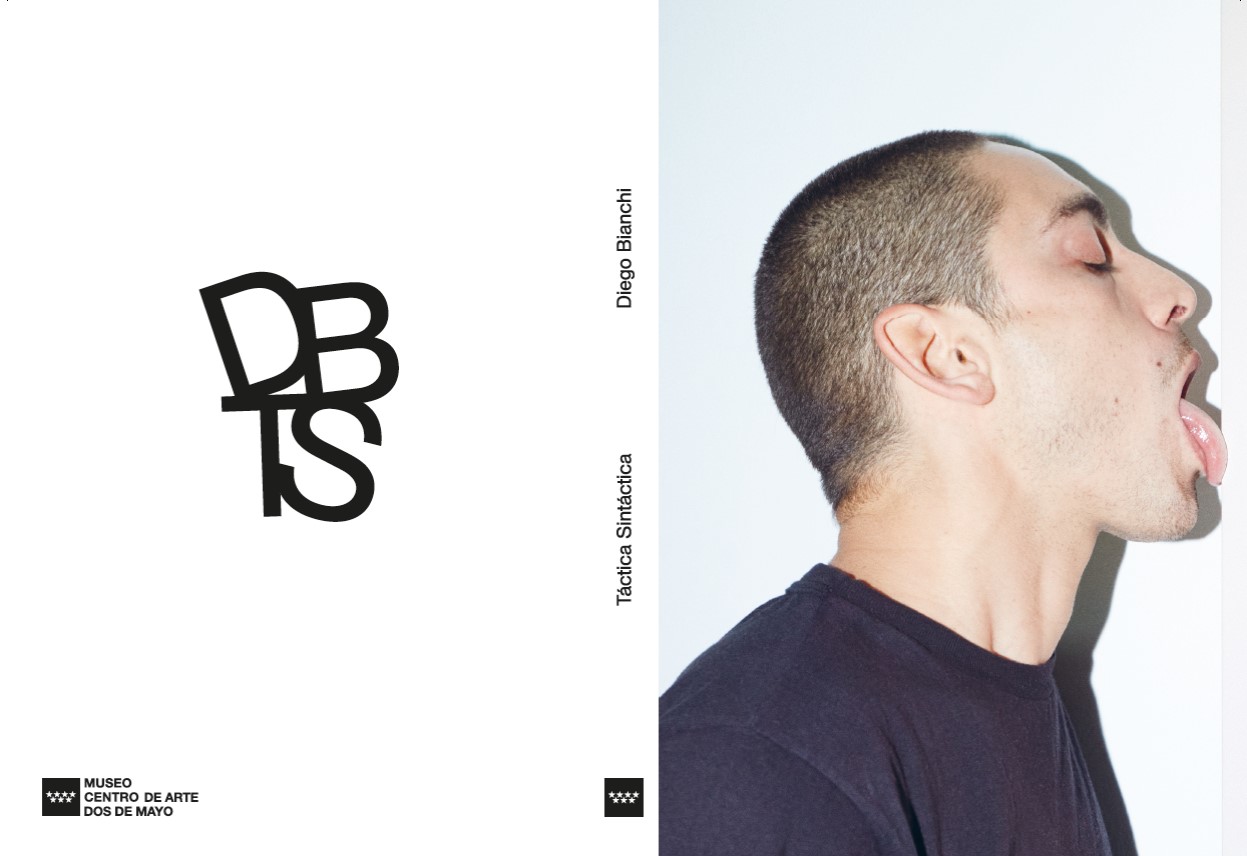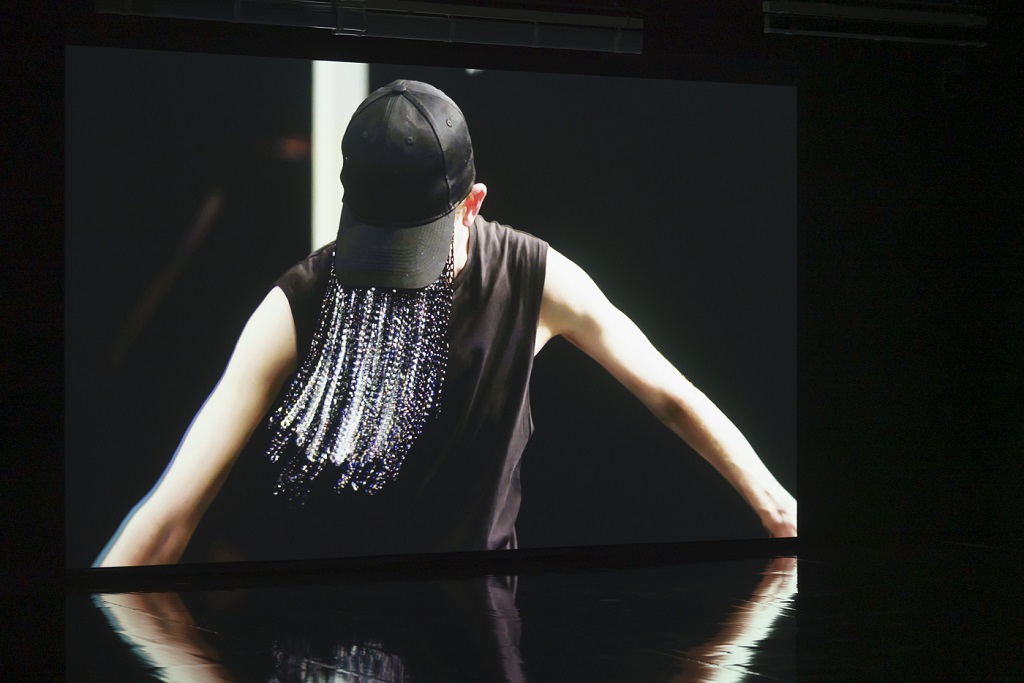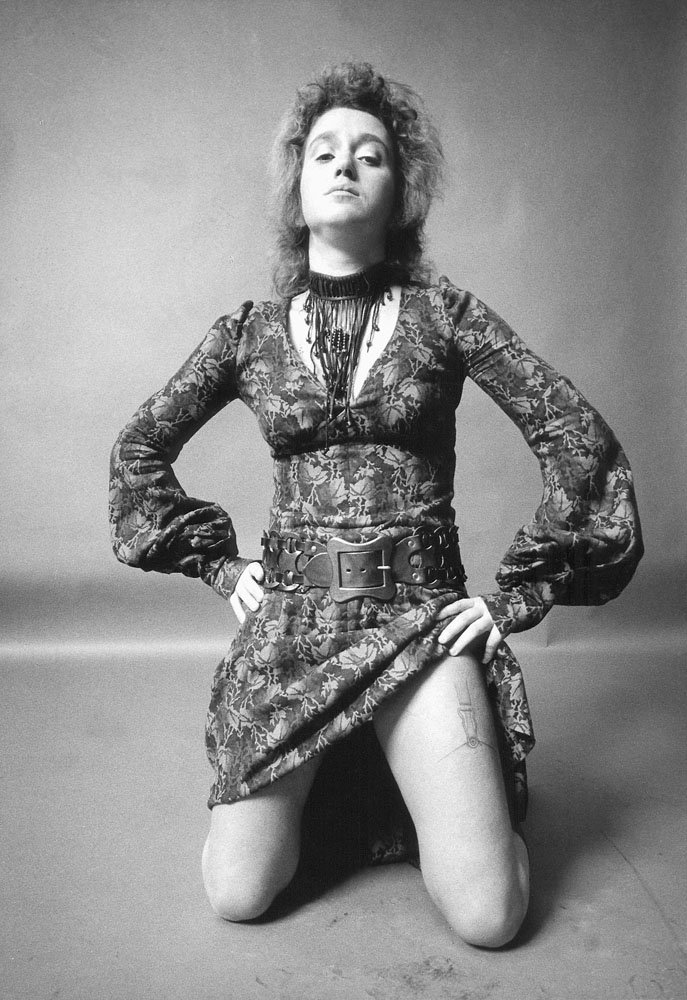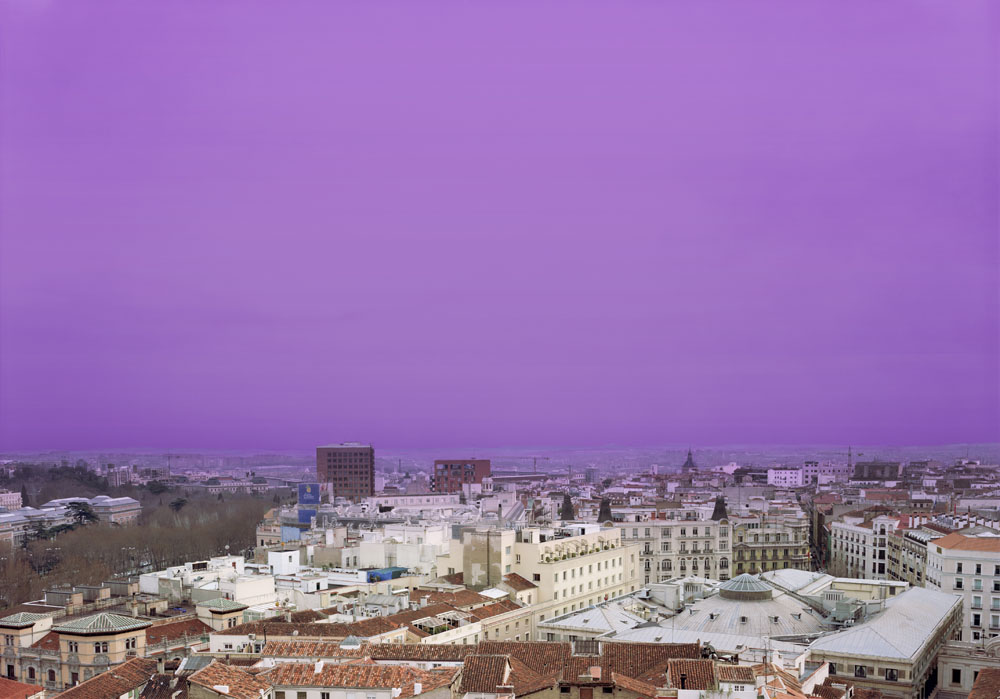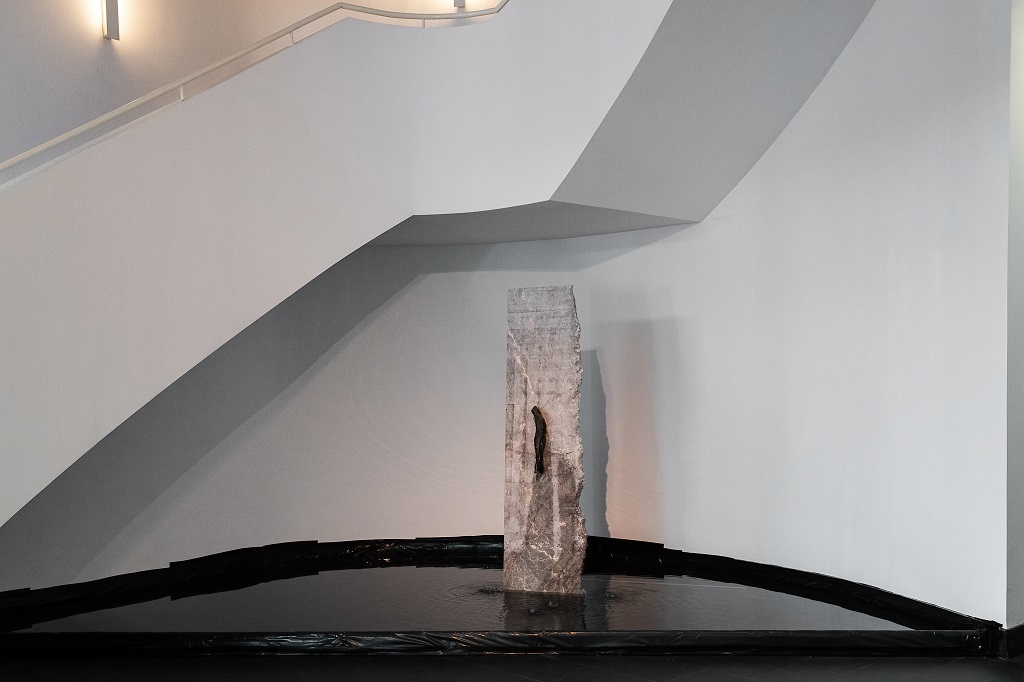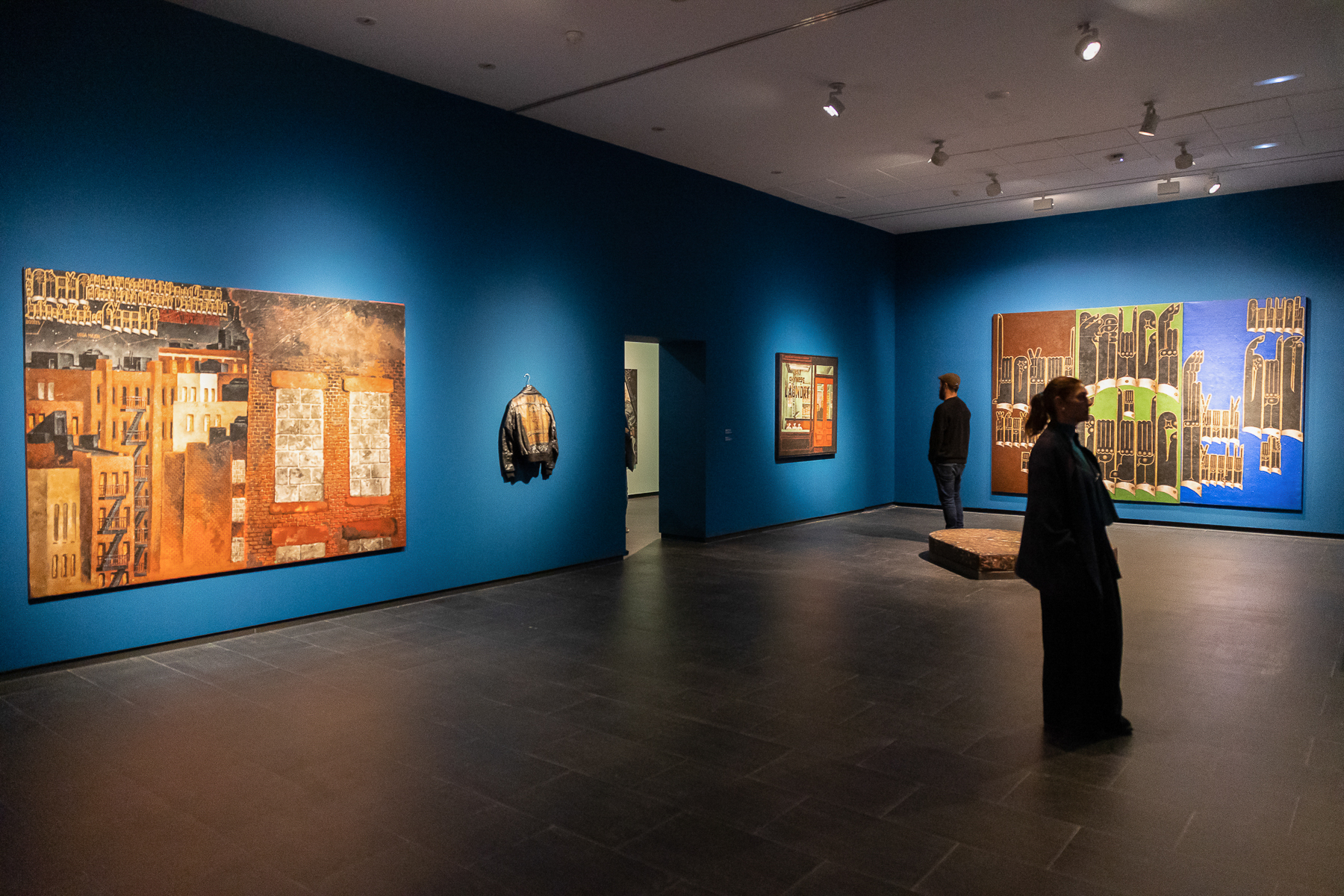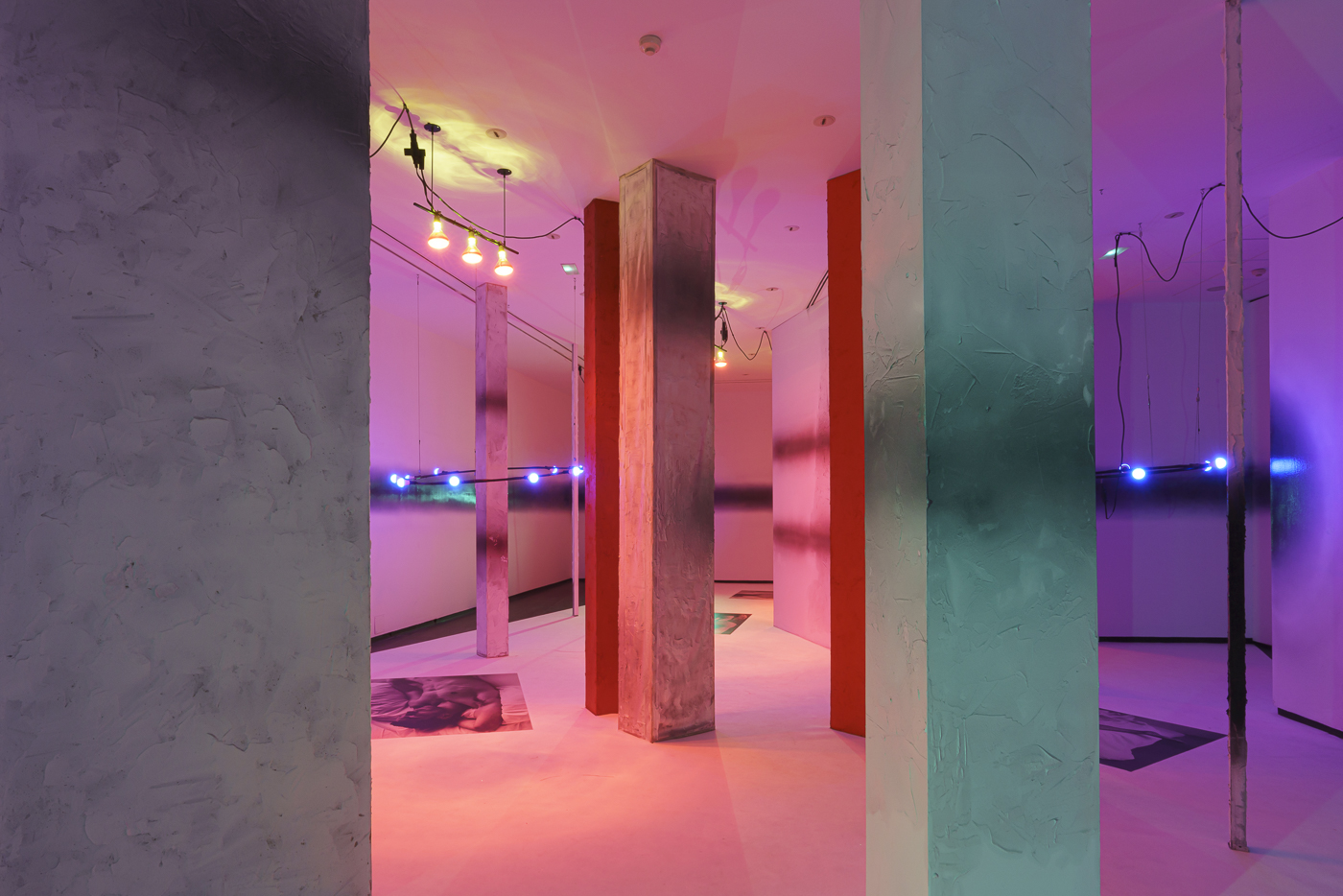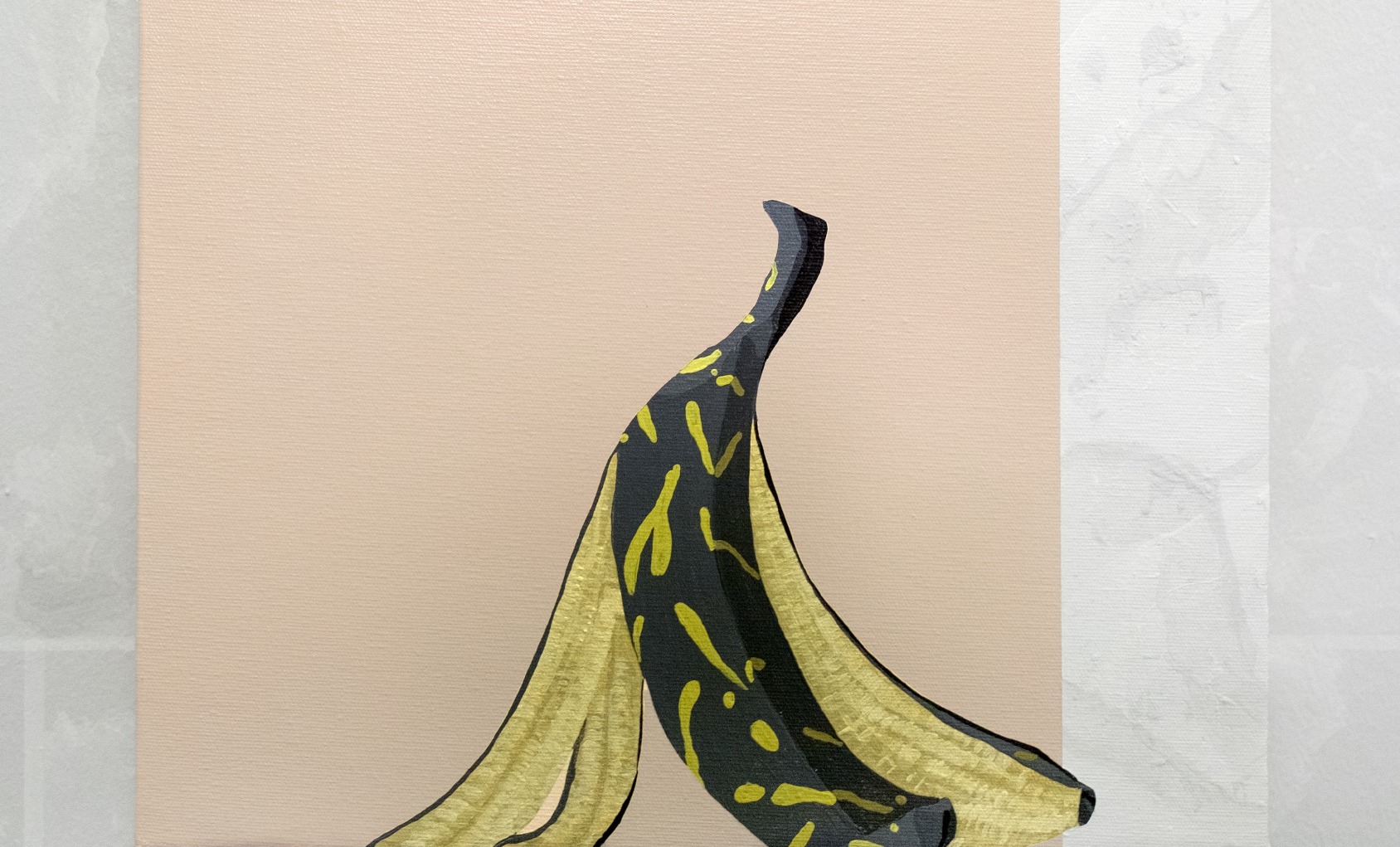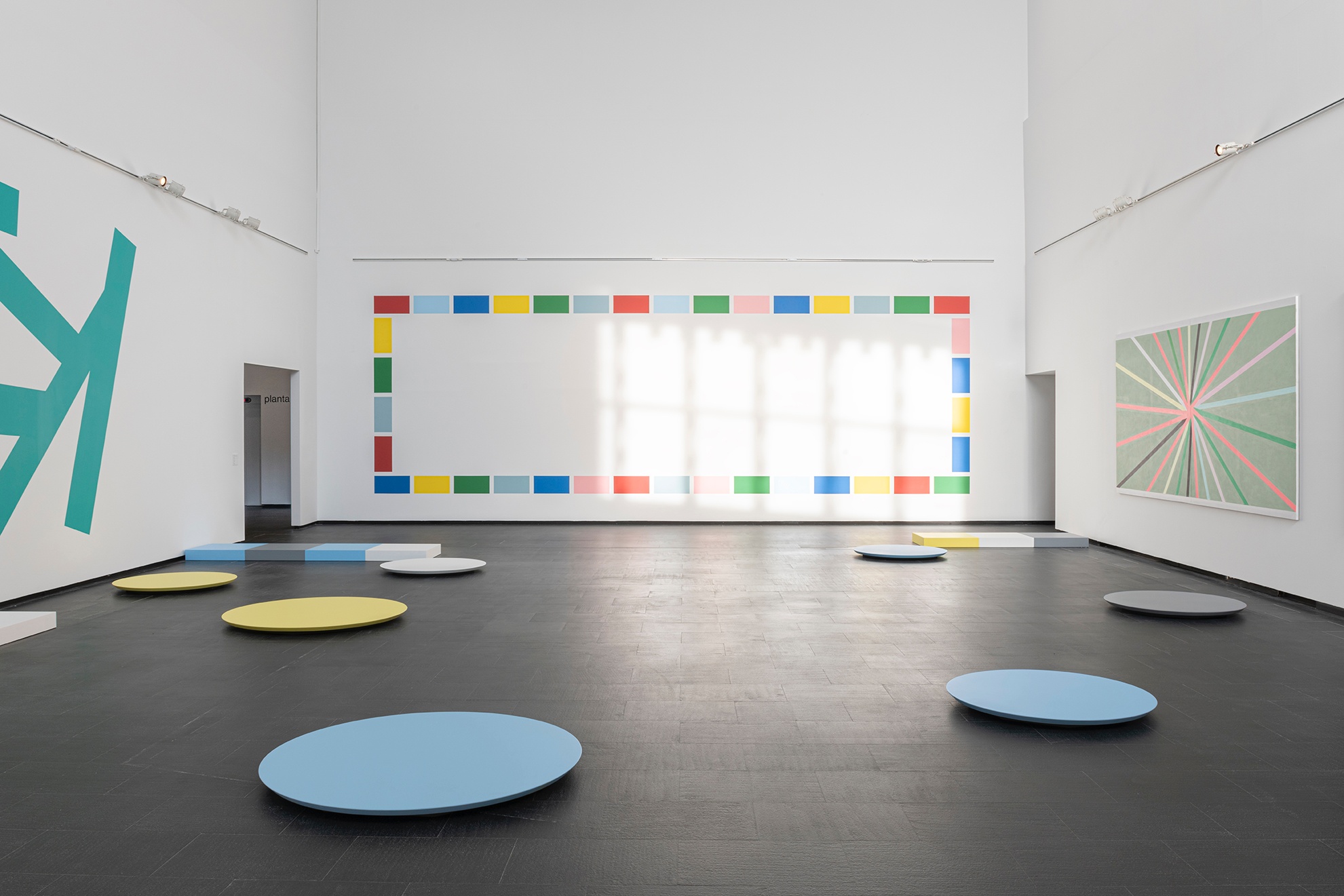
Mitsuo Miura arrived to Barcelona from Japan in 1966 with a suitcase in either hand and just a bare few words of Spanish. Armed with his oriental tempo, he sat down on a bench in Plaza de Cataluña to watch how this city by the sea passed by. Ever since, the young Japanese artist never stopped observing each and every one of the landscapes in which his personal life experiences have been played out. And so we could view his exhibitions as invitations to contemplation and displacement, almost always related with wellbeing, memory and pleasure.
